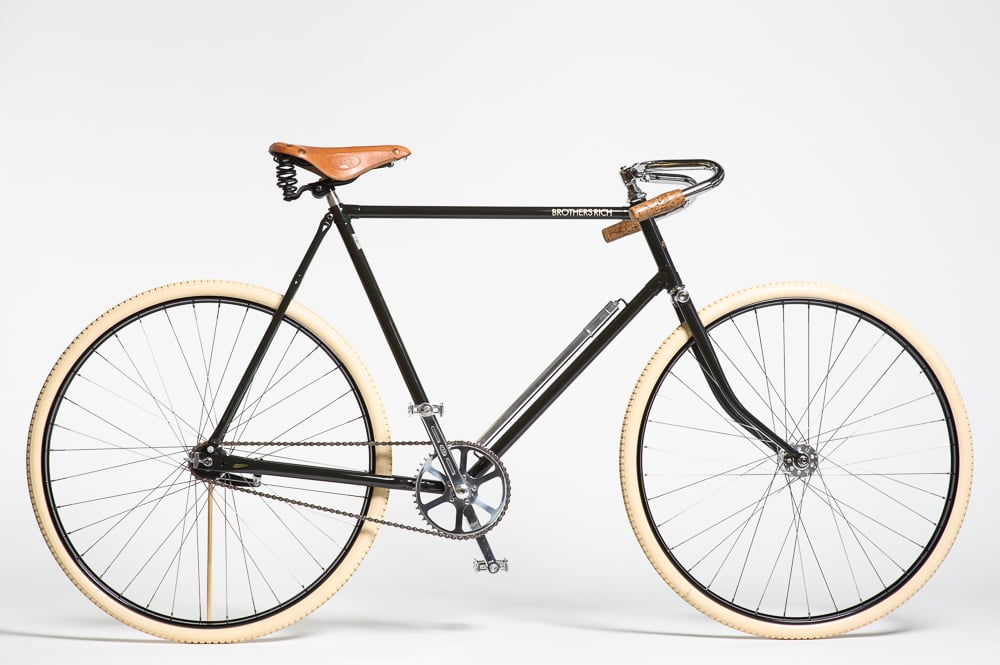That's not bad for claiming not to know what you're doing....
My two cents is to not get strobes, at least not at first since you don't need them. I would get traditional "hot" quartz halogen lights from a good quality manufacturer. I would not get into LEDs or any funky alternatives either.
Constant lighting will allow you to "see the light" far better than guessing and testing with strobes. Even professional strobe heads with modeling lamps are an approximation, and what happens is that you fall into the strobe mindset where what you see is NOT what you get, so you end up spending more time futzing instead of actually looking at what you are photographing and figuring out what the best lighting is.
With modern high ISO digital you can be shooting lower wattage, cooler bulbs at ISO 400-800 and do quite a correction in your RAW processing and still get wonderful page-sized repro images. I don't use anything more than 250 watt lamps anymore, I can shoot table top off a tripod at 1/15 @ f/8 @ ISO 400 and bang out 10x more and better practical quality catalog photos than I did back when I used to use thousands of dollars of strobe and 4x5 film.
So what works? I don't know which brands are available to you down under but in the States I use Lowel Lights, a good quality, simple line of lights that are moderately expensive... they are light and compact, I have a travel lighting kit that fits into a rolling case. You can go higher end with heavier Matthews or Arriflex "movie" gear or as low-end as construction lighting from a hardware store.
Mr Lowel wrote a darn good general purpose book on lighting, see
http://www.lowel.com and
http://www.lowel.com/book.html
If you need further justification, look at the price differential between professional halogen and similar quality strobe (or HMI, LED, etc.) lighting.
Generally you want to work with one light and only add additional sources when you have a good reason, like illuminating a background or creating a highlight to separate the subject from the background. Personally I use broad flood lights with umbrellas, black and white foamcore boards, mirrors, and a special kind of matte black tinfoil from Roscoe that can be shaped and formed to control the spread of light even from a broad source.
Most people think they needs spots and fresnels and fancier things but that's too taxing for my feeble mind. I prefer to forget all the bogus things we did in the 80s and 90s with strobes, soft boxes, grids, shoots, and all of that. And whatever I do, avoid all that Joe McNally-Strobist BS that makes lighting into some Voodoo dance with Pocket Wizards, TTL flashes, etc. That's just a bunch of malarky for gear heads, not photographers. I swear those guys look for any excuse to muck up a good picture by adding flash to it.
Strobes have their place. If you have to do a group portraits then you need the power to stop action and achieve a wide depth of field. If you shoot large format studio then you may need the power if you want to stop the lens down. But with more and more situations using modern cameras at higher than base ISO... I no longer see the need.
If you want some inspiration, I don't show or market studio work anymore but this guy in sunny Italy is a master of classic one-light lighting. He often uses his window instead of artificial light, and he paints his own backgrounds to achieve a fade from light to dark on the surface rather than from lighting. I dare say he could teach a few of the masters a thing or two....
http://www.christopherbroadbent.pro
You're in a sunny place, why not open a window, move the dining table around to find the best spot? ;-p










